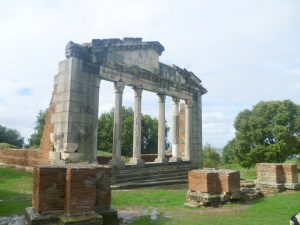On December 16th, 1775, in the rectory at Steventon, Hampshire, on a freezing winter’s day, the rector’s wife, gave birth to a daughter. The baby was, of course, Jane Austen, and she was to become one of our greatest novelists. Her books have given us so much pleasure, as well as inspiring numerous film and television adaptations. Then there are those books her works have influenced from Marghanita Laski’s completion of Sanditon in 1975, 200 years after Jane’s death; Amanda Grange’s clever Mr Darcy’s Diary; to Val McDermid’s witty and perceptive modern take on Northanger Abbey, and Joanna Trollope’s terrific 21st century version of Sense & Sensibility, to name but a few. Many Jane Austen characters have also had interesting afterlives as detectives, vampires or zombies; and some of them have even met up with Austen characters from her other books.
So today, on her birthday, it’s only fitting to pay tribute to many people’s favourite author, including mine.
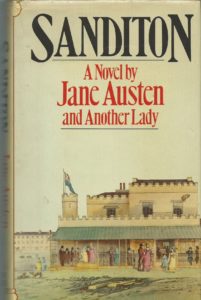
Sanditon, a novel by Jane Austen and Another Lady, 1975
Continue reading Rudyard Kipling Celebrates Jane Austen
Please share this page...
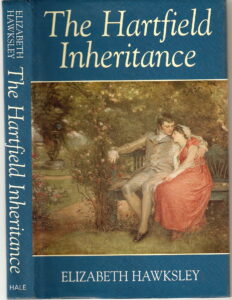

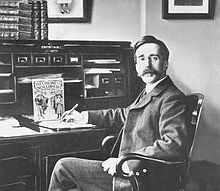

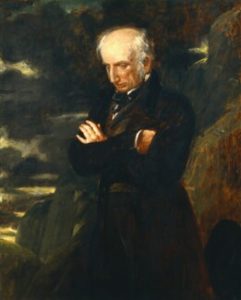
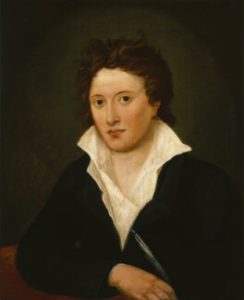
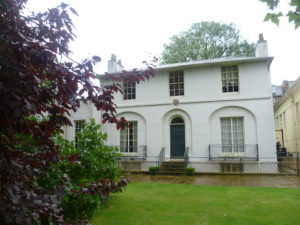
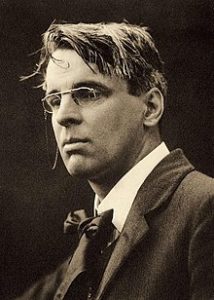 W. B. Yeats (1865-1939) by George Charles Beresford
W. B. Yeats (1865-1939) by George Charles Beresford
